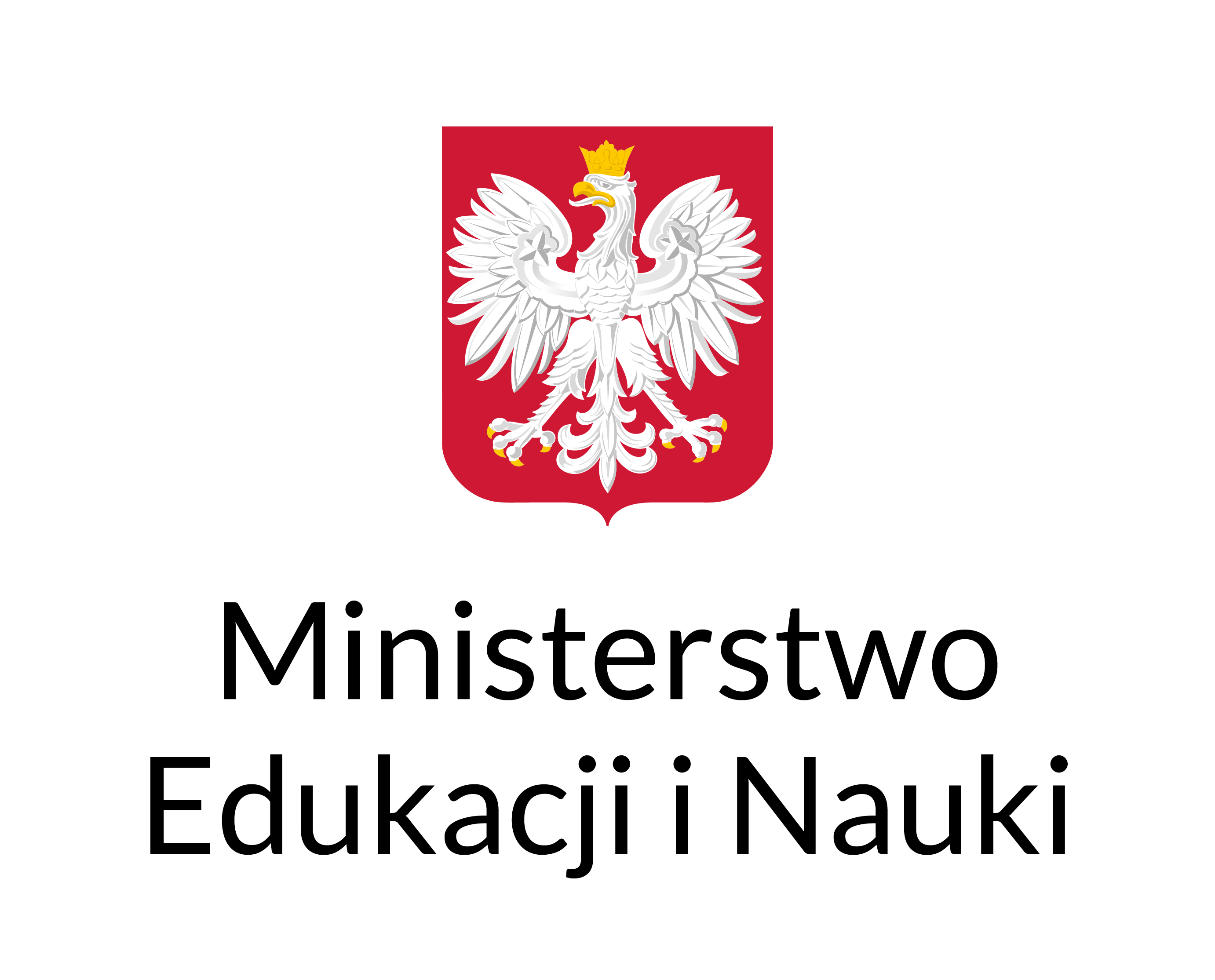On the Need To Protect Cemeteries and Memorials in Europe
The Perspective of the Convention on the Protection of the World Cultural and Natural Heritage and Hungarian and Polish Regulations
Abstract
The issue of the protection of cemeteries and memorials is fundamental from a legal and historical perspective because it often touches on sensitive issues of complex and tragic past events. However, it is imperative that the remembrance of burial sites and memorials is nurtured and protected. This involves two aspects. The first is the personal well-being of relatives who are buried at a particular place or whose memory is cultivated at a particular place. The second concerns the sense of identity of a given people and awareness of their traditions, cultural values, and history. Therefore, it seems necessary to reflect on the extent to which international instruments, such as the Convention on the Protection of the World Cultural and Natural Heritage, support the protection of cemeteries and places of remembrance. It is also necessary to analyze the interactions between international regulations and national law solutions. Finally, it is worth considering whether this twofold nature of protection is compelling or requires the formulation of de lege ferenda conclusions for both or one of the systems.
References
Albert, M-T., Ringbeck, B. (2015) 40 Years World Heritage Convention. Popularizing the Protection of Cultural and Natural Heritage. Berlin/Boston: De Gruyter; https://doi.org/10.1515/9783110424409.
Cameron, Ch., Rössler, M. (2016) Many Voices, One Vision: The Early Years of the World Heritage Convention. New York: Routledge.
Conference for the Establishment of the United Nations Educational, Scientific and Cultural Organisation. Available at: the Institute of Civil Engineers, London, from the 1st to the 16th November, 1945, ECO/CONF/29.
Conseil International des Monuments et des Sites ICOMOS, World Heritage List No 31.
Final report of meeting of experts to co-ordinate, with a view to their international adoption, principles and scientific, technical and legal criteria applicable to the protection of cultural property, monuments and sites, UNESCO, Paris, 31 December 1968, SCH/CS/27/8, available at: http://whc.unesco.org/archive/1968/shc-cs-27-8e.pdf.
Innes, B. (1996) Graniceśmierci. Warszawa: Bellona.
Nora, P. (1996) ‘Realms of Memory’ in Nora, P. (ed.) Rethinking the French Past, Realms of Memory. New York: Columbia University Press.
Operational Guidelines for the Implementation of the World Heritage Convention, WHC.21/01 31 July 2021 [Online]. Available at: https://whc.unesco.org/en/world-heritage-centre (Accessed: 11 August 2022).
Piotrowska-Nosek, K. (2014) Komentarz do Konwencji w sprawie ochrony światowego dziedzictwa kulturalnego i naturalnego in: Konwencje UNESCO w dziedzinie kultury. Komentarz. Warszawa: LEX.
Report of the Joint World Heritage Centre/ICOMOS Advisory mission to the World Heritage property Auschwitz Birkenau, German Nazi Concentration and Extermination Camp (1940-1945)’, Poland 12-14 October 2021.
Report of the United Nations Conference on the Human Environment, Stockholm, 5-16 June 1972, Recommendation 98, available at: https://documents-dds-ny.un.org/doc/UNDOC/GEN/NL7/300/05/IMG/NL730005.pdf?OpenElement.
Slatyer, R. O. (1983) ‘The Origin and Evolution of the World Heritage Convention’, World Heritage, 12(3–4), pp. 138–140.
Szűcs J. P. (2009) ‘Deus ex machina – The Early Christian Necropolis of Pécs’, The Hungarian Quarterly, 2009(196), pp. 56–62.
The Nara Document on Authenticity, drafted by the 45 participants to the Nara Conference on Authenticity in Relation to the World Heritage Convention, held at Nara, Japan, from 1-6 November 1994. The Nara Conference was organized in cooperation with UNESCO, ICCROM and ICOMOS, The World Heritage Committee examined the report of the Nara meeting on Authenticity at its 18th session, Phuket, Thailand, 1994, WHC-94/CONF.003/16.
Tokarczyk, R. (2000) Prawanarodzin, życiaiśmierci. Kraków: Wolters Kluwer.
UNESCO (1987) ‘A Chronology of UNESCO 1945–1987: Facts and events in UNESCO’s history with references to documentary sources in the UNESCO Archives and supplementary information in the annexes 1-21’, Document code: LAD.85/WS/4 REV [Online]. Available at: https://unesdoc.unesco.org/ark:/48223/pf0000079049 (Accessed: 11 August 2022).
Wiśniewski, M. (ed.) (2021) Cultural Heritage Management and Protection in V4 Countries. Report. Kraków.












